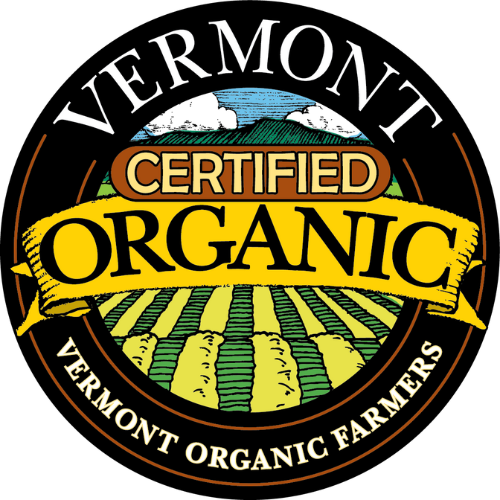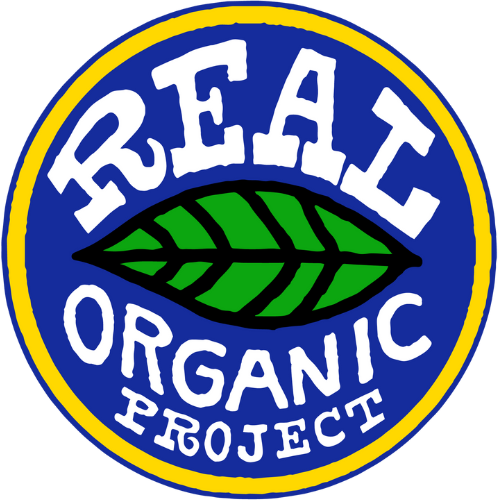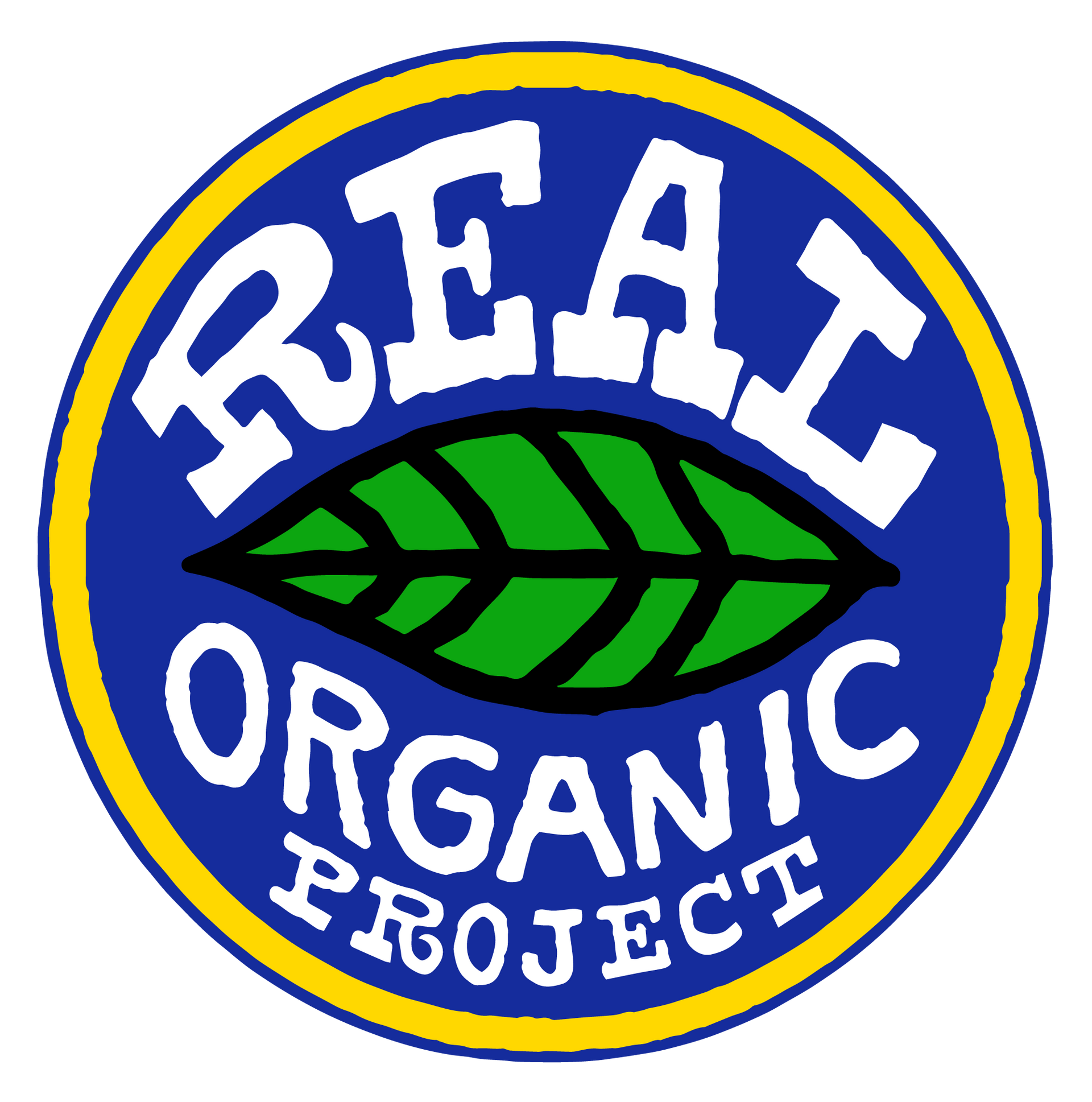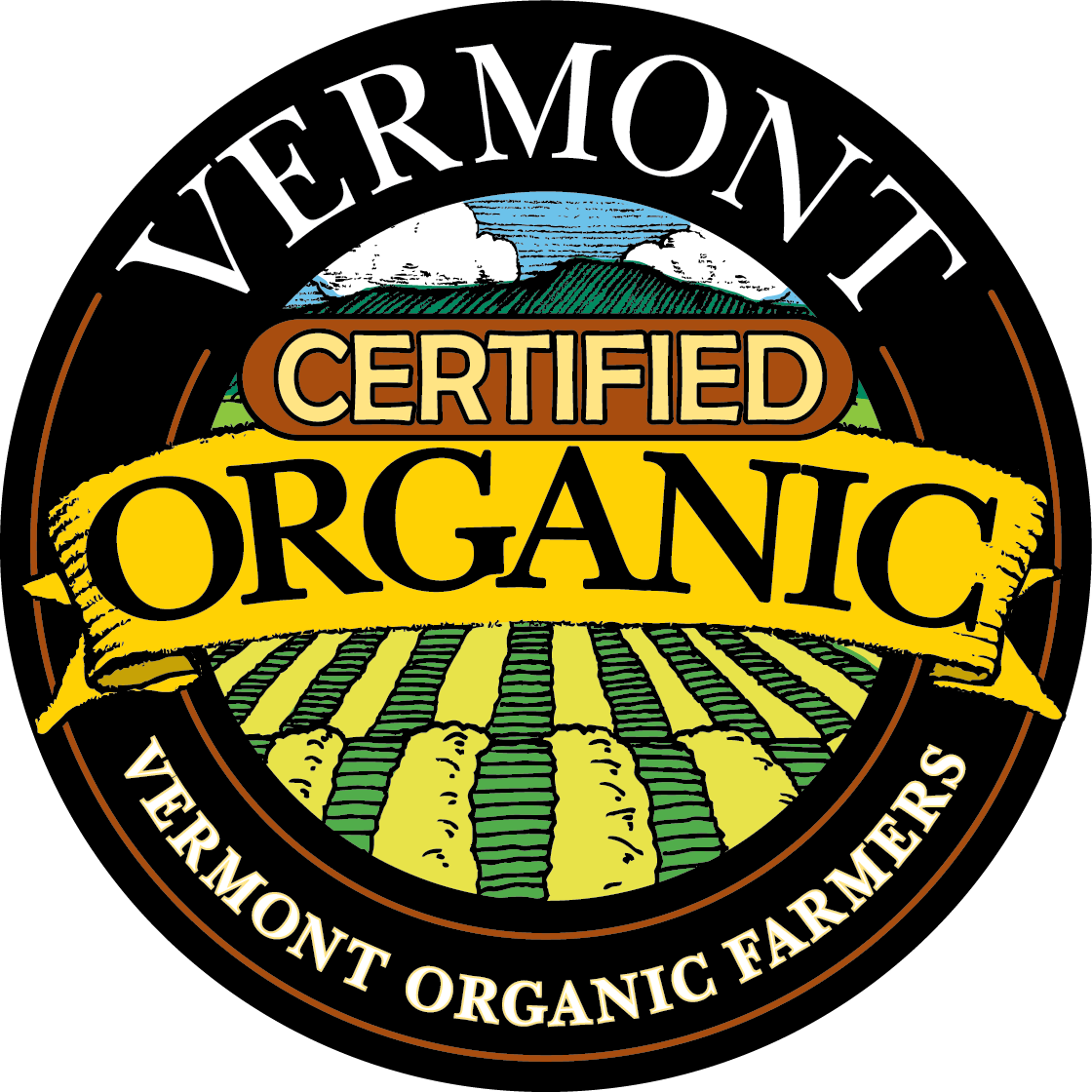April 15, 2025
Grazing Grazing is the use of grasses and other plants to feed herbivores, such as sheep and goats. Most sheep and goats graze at least a portion of the year. On this page, grazing links are arranged by subject category: controlled grazing , extending the grazing season , grazing behavior , grazing management , grazing systems , management-intensive grazing , multispecies grazing , prescribed grazing , riparian grazing , rotational grazing , silvopasture , and stocking rates . KIND HORN FARM RECOMMENDS For optimal parasite management, we recommend that you keep your Icelandics in the same paddock for no more than 5 days at a time, with 1-3 days being optimal for the forage. Rest the pasture for 90 days ideally before bringing the sheep back for another grazing. Try your best to work within these guidelines! [PDF] Grazing Alfalfa - University of Kentucky Controlled Grazing Controlled Grazing of Virginia's Pastures Creep Grazing Extending the Grazing Season [PDF] Extending grazing and reducing stored feed needs - MW Forage [PDF] Grazing corn: an option for extending... - University of Kentucky [PDF] Supplemental pastures for sheep - University of Nebraska Grazing Behavior [PDF] Diet selection and grazing behavior - University of Maine Grazing Management Grazing Systems Grazing systems - McGill University Management-Intensive Grazing (MIG) Multispecies Grazing Prescribed Grazing Riparian Grazing Rotational Grazing Silvopasture Stocking Rates The Maryland Small Ruminant Page [sheepandgoat.com] was created in 1998 as an information portal for sheep and goat producers and anyone else interested in small ruminant production. The web site includes original documents and images as well as a comprehensive list of links pertaining to small ruminants and related topics. The web site was developed and is maintained by Susan Schoenian, Extension Sheep & Goat Specialist at the University of Maryland's Western Maryland Research & Education Center. Susan has been with University of Maryland Extension since 1988. She holds B.S. and M.S. degrees in Animal Science from Virginia Tech and Montana State University, respectively, and also attended The Ohio State University. Susan conducts the Western Maryland Pasture-Based Meat Goat Performance Test at her research facility in Keedysville. She raises registered and commercial Katahdin sheep on her small farm called The Baalands in Clear Spring, Maryland. Please direct all questions, comments, or suggestions to Susan at sschoen@umd.edu Disclaimer : The information and links contained on the Maryland Small Ruminant Page [sheepandgoat.com] and other pages created by Susan Schoenian are for informational purposes only and do not constitute an endorsement of any person, organization, business, product, or web site. The author disclaims any liability in connection with the use of this information. Users of this web site and all external links are advised to apply common sense and sound judgement to all information obtained from the internet, regardless of source. Last updated 01-Dec-2010 by Susan Schoenian.
